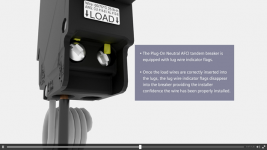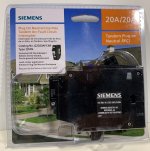ramsy
NoFixNoPay Electric
- Location
- LA basin, CA
- Occupation
- Service Electrician 2020 NEC
I don't believe they removed all current imbalance sensing, which is technically not considered GFPE, or any other Class of GFCI protection defined by UL 943/C...there are at least 3 manufacturers who have found ways to pass all of the UL AFCI requirements without a ground fault function in the breaker
GE & Eaton publish removal of UL-defined ground-fault sensing in their product brochures. Who is the 3rd manufacturer?




